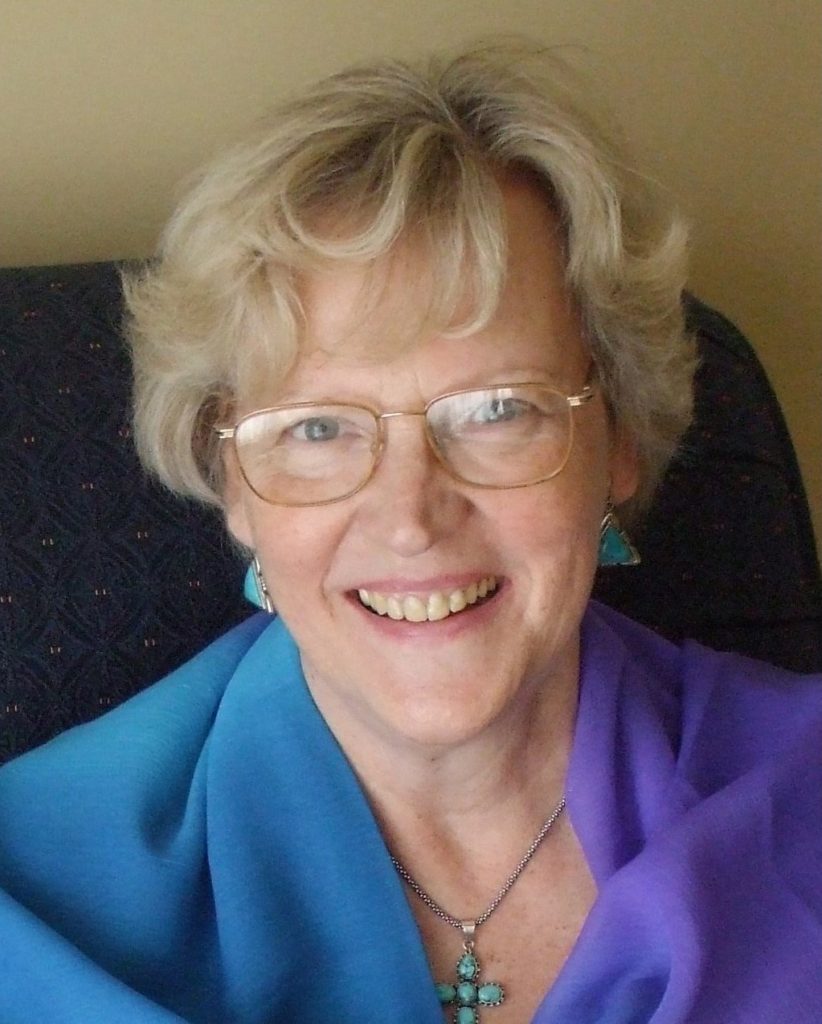As I explain in my introduction to the Chapter on Origen in ‘Journey to the Heart’: “Origen was a native Alexandrian, highly educated in Greek, Jewish and Christian wisdom. At the young age of 17, Bishop Demetrius of Alexandria appointed him Head of the Catechetical School as successor to Clement. He was an extremely talented scholar, a gifted teacher, and the first to present, in his ‘On First Principles’, a systematic and profound Christian theory of the cosmos in response to the Gnostic theology and cosmology. He based this wholly on an allegorical and mystical reading of the Scriptures. It was probably written in response to questions by thoughtful and educated students at the Catechetical School, who were trying to understand the Christian teaching against the background of Platonic, Stoic and Gnostic philosophy.”
Next week I would like to explore his way of using Scripture, but this week I would like to carry on with the discussion of the two sides of our nature: one in touch with material reality and one in touch with spiritual reality, as it is seen in the Orthodox tradition. Bishop Kallistos Ware explains: “Origen provides us with a map of the Christian life, which remains classic in the Christian East. He made a twofold contrast between ‘praxis’ and ‘theoria’, between the active life and the contemplative life. This distinction goes back at least to Aristotle and is certainly found in Philo and in Clement. It’s important to realise the way in which these terms are being used in eastern Christian sources. In the modern West, when we talk about the active or contemplative life, we are usually thinking of people’s external status. The active life means life in the world, the life of a social worker or a missionary or a teacher; it means people who belong to an active religious order. In modern usage the contemplative life usually means life in an enclosed religious community, giving oneself to prayer rather than to outside service.
In the Greek Fathers, however, these terms do not refer to external situations but to inner development. The active life means the struggle to acquire virtues and to uproot vices, whereas the contemplative life means the vision of God. So it may often be that somebody living in an enclosed religious community, even a hermit, is still at the first stage of the active life. Whereas it’s possible that a lay person committed to a life of service in the world might be at the second stage, might be a true contemplative.
For example, in the sayings of the Desert Fathers, we hear that there came a voice to Abba Anthony saying: “In the city, there is someone just as holy as you are, a layman, a doctor, who gives all the money that he saves to the poor and all day long he sings the thrice holy hymn with the angels.” If you sing a hymn all day long, you are certainly a contemplative, but here we have it said of somebody in the middle of a city following a very demanding profession. And yet he is said to be the equal of the great Antony, the Father of hermits. Origen links these two stages with the figures of Martha and Mary in Luke 10: Martha being the active life, busy about many things, and Mary being the one who concentrates on the one thing that is needful.”







